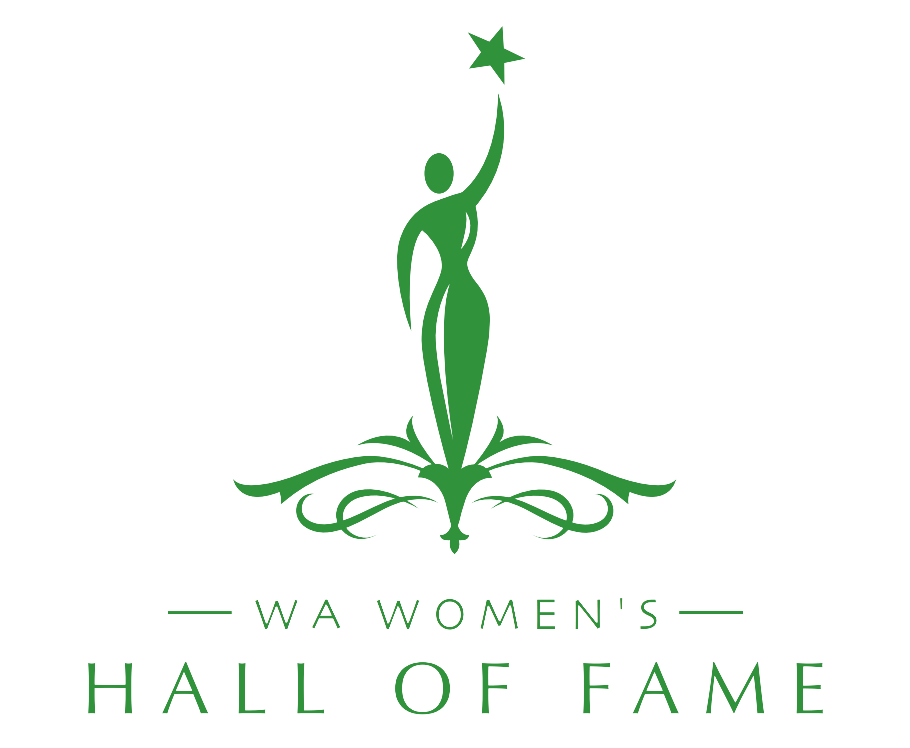WOMEN'S GROUPS
Women’s groups have played an integral role in shaping Western Australia for more than 120 years. Whether small, medium or large, existing for a brief period or spanning decades or designed as a social group or for political lobby, all have helped to make the State what it is today. While information about these groups exist, it has never been pulled together into one resource before – until now.
The collection outlines the purpose of each group, key achievements, key people and positions and the time period the groups were active. It’s a fascinating insight into how, in many instances, women felt they were unheard or a need wasn’t being met and so took it upon themselves to do something about it.
The aims and ideologies of the groups varied but they all had something in common: supporting women, rallying for change and promoting women’s rights. Most women’s groups and organisations depended, at least partly, on volunteer contributions.
WA’s first women’s groups were formed in the 1890s. Before this, women sometimes formed auxiliaries to men’s groups where they engaged in valuable service work. But they were unable to vote or hold office in the organisations and were often not allowed to speak at meetings. Women started to form their own groups, based on their own priorities, and these early groups reflected roles considered important for women at the time. One of the first women’s groups was the Mothers’ Union, formed in 1898 to uphold the sanctity of marriage and encourage mothers to recognise their responsibility for training their children.
Early women’s groups were founded to help protect women, dependent on men through legal regulation. Women could not vote or own property, making their position in society vulnerable. The first women’s refuges in Perth opened at the end of the 19th century to provide accommodation for homeless and destitute women and their children.
As women gained some rights, such as the right to vote, the nature of women’s groups started to change—although safety for women remained a priority. Equality with men, particularly in terms of equal pay and access to men’s work, became a goal for many women’s organisations about the time of World War IIii. Many women’s groups established at the time were concerned with women’s economic independence. During wartime, women had participated in occupations previously considered only suitable for men. When men returned from war, women were expected to return to the home and child-rearing. Organisations lobbied for women’s rights so they could continue to participate equally in the workforce.
Major social changes in the 1960s and 1970s included what is known as ‘second wave feminism’. Many women’s groups established during this period raised awareness among women about gendered power differences within traditional families. Domestic violence was a key issue for women’s groups and many refuges for women and children were established. Other groups emerged as lobby groups to effect political and structural change to benefit women.
Women’s groups established in recent years reflect the changing nature of women’s work and leisure activities. Organisations that support women who choose to work in traditional male occupations play an important role in mentoring and encouraging women. Many women’s groups in WA today have been supporting women for decades, adapting to meet the changing roles of women in society.
